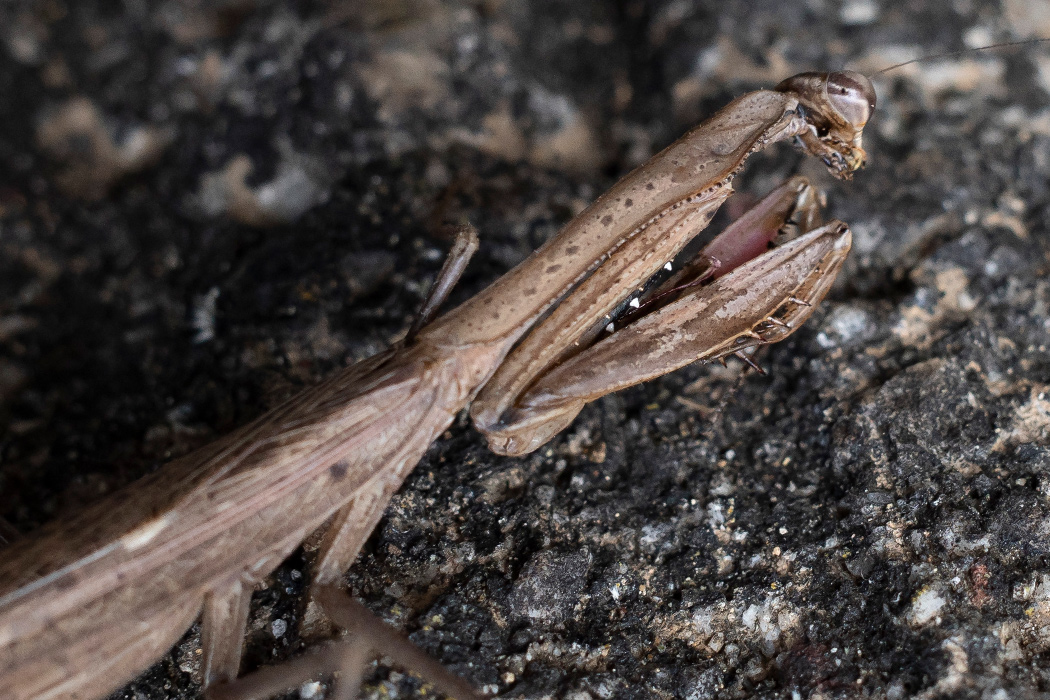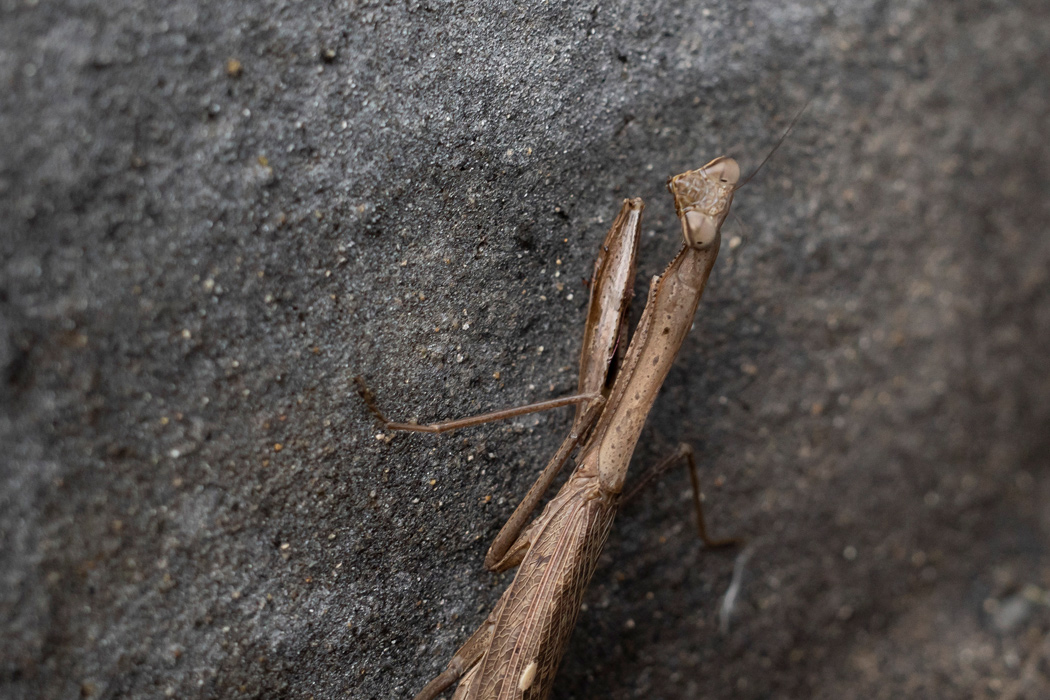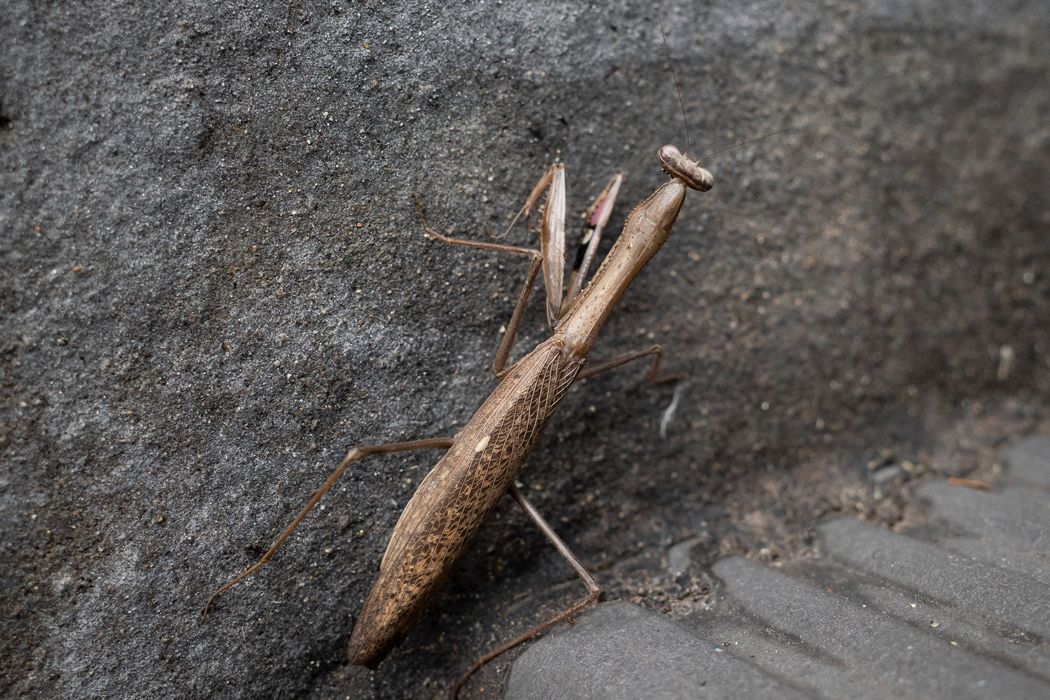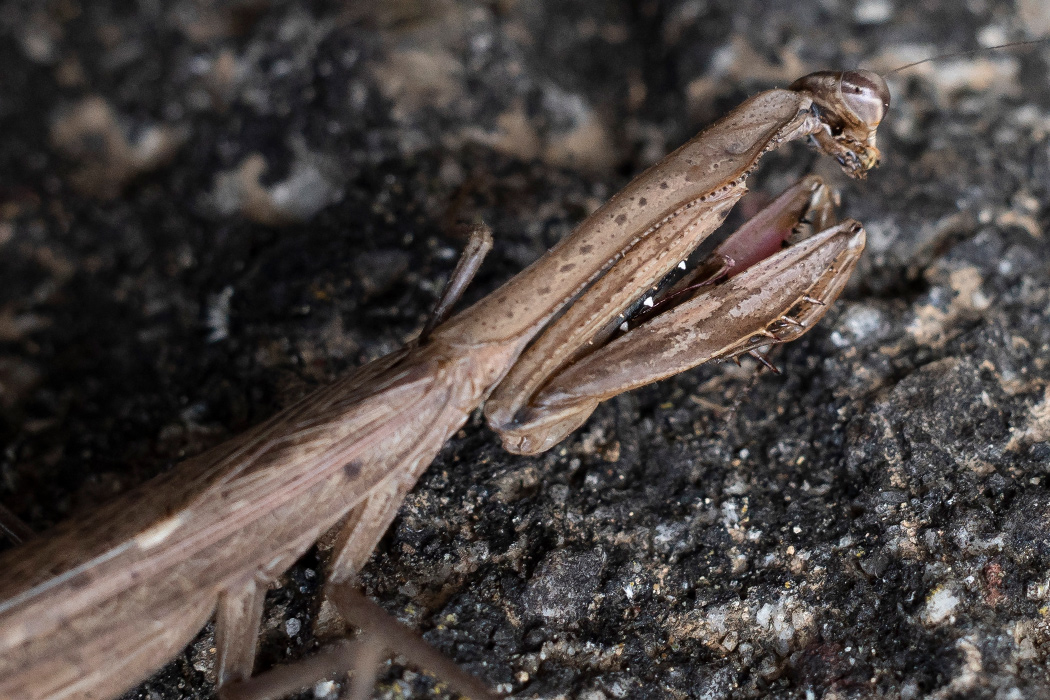
Asian jumping mantis
A small praying mantis with a dead leaf color.
| Scientific name | Statilia maculata |
| English name | Asian jumping mantis |
| Japanese name | 小蟷螂 |
| Classification | Insecta |
| Classification details | Mantodea Mantidae |
| Full length | 45-58mm |
| Distribution | Distributed from Honshu to Kyushu. It is also found in East Asia such as Taiwan. |
Characteristics
A small praying mantis that looks like a dead leaf. It is quite small compared to the giant praying mantis and the yellow-bellied praying mantis. It is not belligerent, and when it senses danger, it spreads its scythe like a praying mantis and does not threaten, flees quickly or pretends to be dead.
Most of them are light brown to purplish brown, but the color varies slightly depending on the individual. The inside of the sickle on the front leg has a black or reddish-purple pattern. It has a pair of pale brown spots in the middle of the wings.
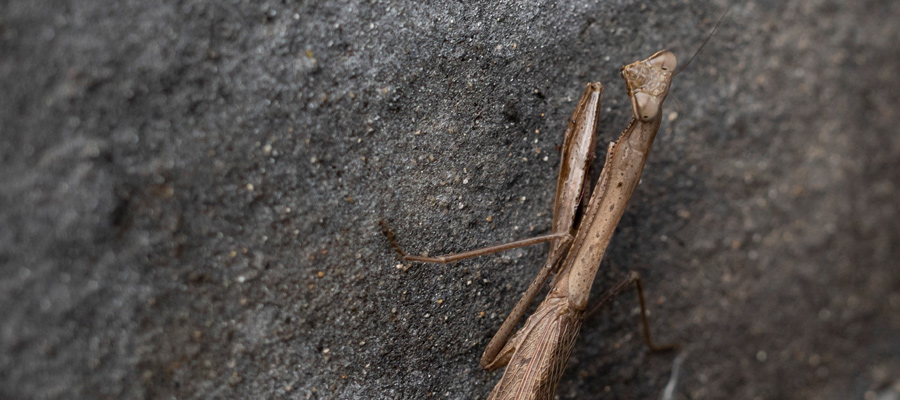
Ecology
It occurs from summer to autumn and inhabits grassy areas such as riverbeds. Commonly seen in houses and parks. It roams the surface and catches and eats small insects. It is thought that the strong terrestrial life is related to the earthy body color.
The eggs look much more modest than those of the praying mantis and are already laid on tree trunks and concrete.
Habitat
I took a picture of an individual walking in my garden. It has a color that blends well with fallen leaves.
It is not a strong praying mantis, so if you put it in the same insect cage as the giant praying mantis, it will be eaten immediately.
Pictures
Introducing a picture of Asian jumping mantis.

Picture book

Black-headed Gull
There is a black spot behind the eye.......ead more.
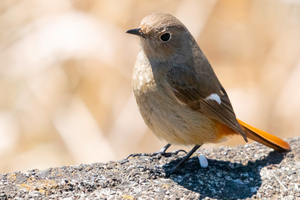
Daurian Redstart
The sound of hitting flints together.......ead more.

---
Only the face is exposed during the daytime.......ead more.

Mallard
The male's head is bright green.......ead more.

Thornback cowfish
Blue spots spread all over the body.......ead more.
